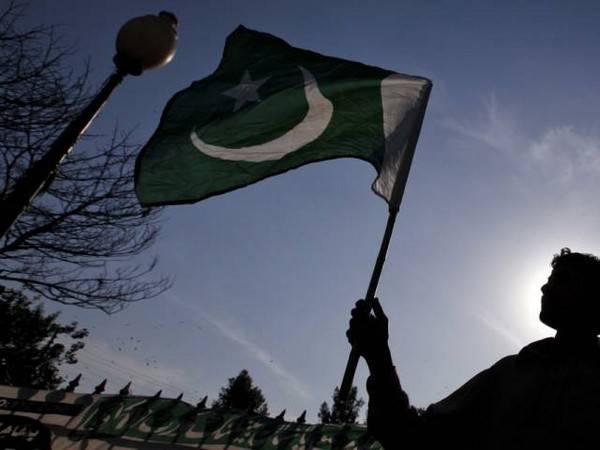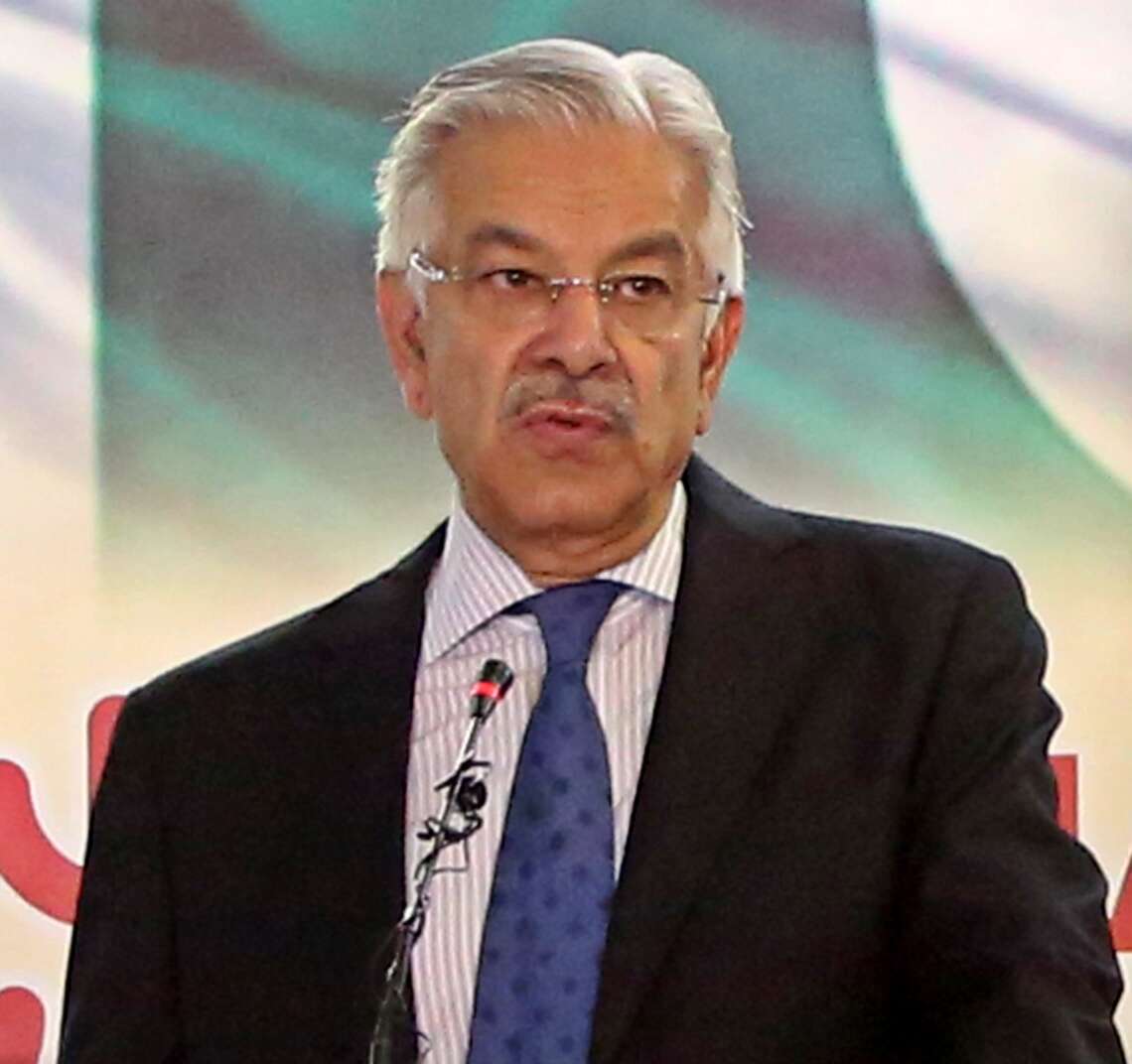In July/August 2021, around 56 per cent of households in Balochistan and 30 per cent in Sindh reported their household livelihood/income had been severely affected by drought….reports Asian Lite News
Multiple shocks, including high food and fuel prices, drought, livestock diseases and widespread loss of income-generating opportunities due to the impact of Covid-19 drove high levels of food insecurity across Pakistan’s Balochistan, Khyber Pakhtunkhwa and Sindh provinces, says a global report.
The �Global Report on Food Crises’ released by the Global Network Against Food Crises, an alliance of the UN, European Union, government and non-governmental agencies working to tackle food crises together, stated that drought conditions in Balochistan and Sindh and inadequate monsoon rainfall in Khyber Pakhtunkhwa had reduced crop and livestock production and contributed to rising national food prices, Dawn news reported.
In Khyber Pakhtunkhwa, the situation is worse as the province is yet to recover from the impact of a decade of conflict.

The overwhelming majority of livestock holders (87 per cent in Balochistan and 60 per cent in Sindh) reported livestock production difficulties in three months preceding the July-August assessment because of reduced access to pasture and water, difficulty in purchasing feed due to high prices or limited access to markets, difficulty in accessing veterinary services and inputs, and livestock diseases, Dawn reported.
In Balochistan, when comparing the same nine districts analysed in 2019 and 2021, the number of people in crisis or worse decreased from 1.4 million to 0.9 million in October 2021-March 2022, Dawn reported.
In Sindh, 2.3 million people were in crisis or worse in late 2021, an improvement since March-June 2021. In 2021, moderate to severe drought conditions reduced crop and livestock production in Balochistan and Sindh.
Balochistan experienced moderate to severe drought conditions from April to September 2021, while severe drought conditions were prevailing in eight out of nine districts of Sindh in June 2021, according to the Met Office.
In July/August 2021, around 56 per cent of households in Balochistan and 30 per cent in Sindh reported their household livelihood/income had been severely affected by drought.













